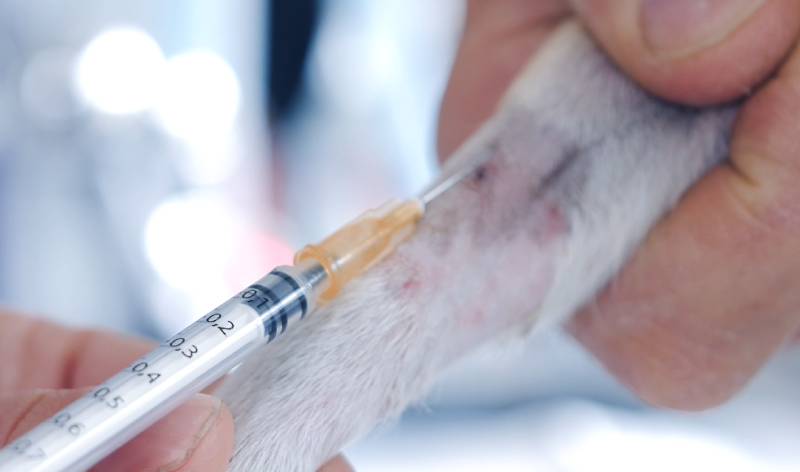release time:2021-04-21 10:50:27
Mood: Transportation and blood sampling of pets will cause stress reactions in animals, especially for cats, the concentration of serum non-esterified fatty acids, lactic acid, blood sugar, etc. will increase. Before blood sampling, pets should be comforted to reduce stress.
Movement: Strenuous exercise will cause the pet's ALT, AST, LDH, CK, and other indexes to increase over a period of time. In order to reduce the influence of exercise factors on the result, you can try to collect blood for your pet in the morning and avoid strenuous exercise before blood collection. After strenuous exercise, let him rest for at least 30 minutes before taking blood.
Infusion: The long-term infusion will dilute the animal's blood sample, causing certain indexes to below. During intravenous injection, high-concentration drugs enter the blood sample, which will cause great changes in many test results. Therefore, samples should be taken 2 hours after the end of the infusion.

2021-06-08
Animal biochemical diagnosis refers to the detection of animal enzymes, lipids, liver function, blood sugar, inorganic elements, protein and non-protein nitrogen through chemical reactions involving enzyme reactions. There are even some brands that have their own unique special test items. Each has its own advantages. When purchasing animal biochemical analyzers, you can combine them. Consider your own demands and actual needs.

2021-04-20
The ammonia produced by the catabolism of various amino acids in various tissues in the body and the ammonia absorbed from the intestinal tube enter the blood to form blood ammonia. Precautions for detecting blood ammonia

2021-04-20
The most common blood tests in pet hospitals are biochemical tests and routine blood tests. Veterinary biochemical instrument is an instrument for biochemical examination of animals. Before routine physical examination and sterilization surgery, pet doctors will recommend biochemical examination.